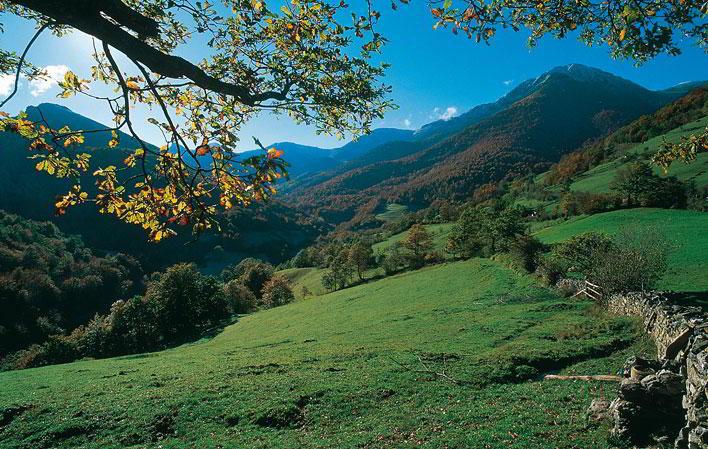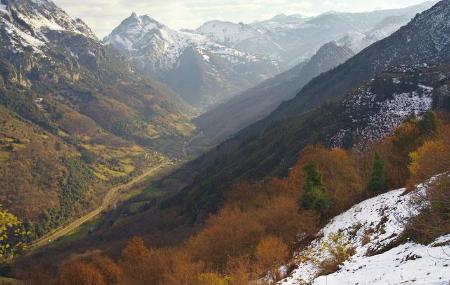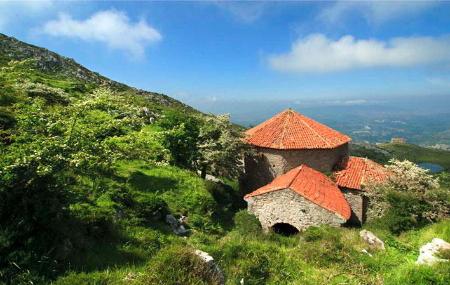
The Relic Route
- Title comarca Camín Real de la Mesa, Central Mountains, Oviedo
- Address Address: , Asturias Centre, Quirós, Teverga, Morcín, Oviedo
- Km Km: 40
Info
The Route of the Relics is, without a doubt, one of the fascinating historical itineraries that criss-cross the Asturian landscape and memory. The Middle Ages were prolific in Asturias in the cultural sphere, and proof of this is the tangible and intangible legacy that has come down to us from that period.
A key figure in the gestation and transmission of that legacy was an Asturian king, named Alfonso II and nicknamed the Chaste. Chronicle accounts and other sources paint a portrait of an intelligent, humble, devout and strategist monarch, a key figure in the founding of the Pilgrim's Way and at the same time the architect of the origin of Oviedo/Uviéu as the capital and court of the Kingdom of Asturias. A capital that in those years grew and established itself as the 'cornerstone' of Christianity in an Iberian peninsula besieged by the Muslims.
In the midst of this panorama of clashing civilisations, Alfonso strategically strengthened his kingdom and the Christian north of Europe with the consolidation of the Way of St. James, in which Oviedo/Uviéu and its court played a decisive role, very well thought out by the monarch, who decided to bring the Holy Ark to the capital of the Kingdom of Asturias, ordering the construction of what from then until today will be universally known as the Holy Chamber of the Cathedral in Oviedo/Uviéu, and the construction of the Cathedral of Oviedo/Uviéu.Oviedo/Uviéu, which has been recognised as a World Heritage Site by UNESCO since 1986.
We imagine that the Holy Ark experienced infinite vicissitudes from Jerusalem to Cartagena, from there to Seville and from Seville to Toledo, and finally from Toledo to Oviedo/Uviéu. An itinerary for daydreaming that on arriving in Asturias becomes the dream of the "resistance" of a civilisation, and as a backdrop the intelligence and faith of a king who placed the kingdom of Asturias in the dense wake of European culture.
The Holy Ark enters Asturias along the Camín Real del Puerto Ventana, also known today as the Route of the Relics, crossing the council of Quirós, between the mythical mountain ranges of Aramo and Sobia. A route that pointed quickly and directly to Oviedo/Uviéu, but the upheavals of war at the time meant that the Ark was placed in safekeeping in the"mountains of Asturias...on top of a mountain called Monsagro, two leagues from Oviedo/Uviéu", where it was finally deposited by decision of Alfonso II. Thus the Monsacro remained forever in the collective memory as the place that safeguarded one of the most precious treasures of Christianity, and today, twelve centuries later, there it is, imposing, green and limestone, as if eternally guarding the relics that gave it its name...
Those who want to recreate the avatars of that expedition of the Relics can follow the Route, which from León enters Asturias through Ventana (Teverga) to continue towards Quirós. Almost forty kilometres and sixteen hours on foot, ending at the hermitage of San Antonio in Pedroveya (Quirós).




